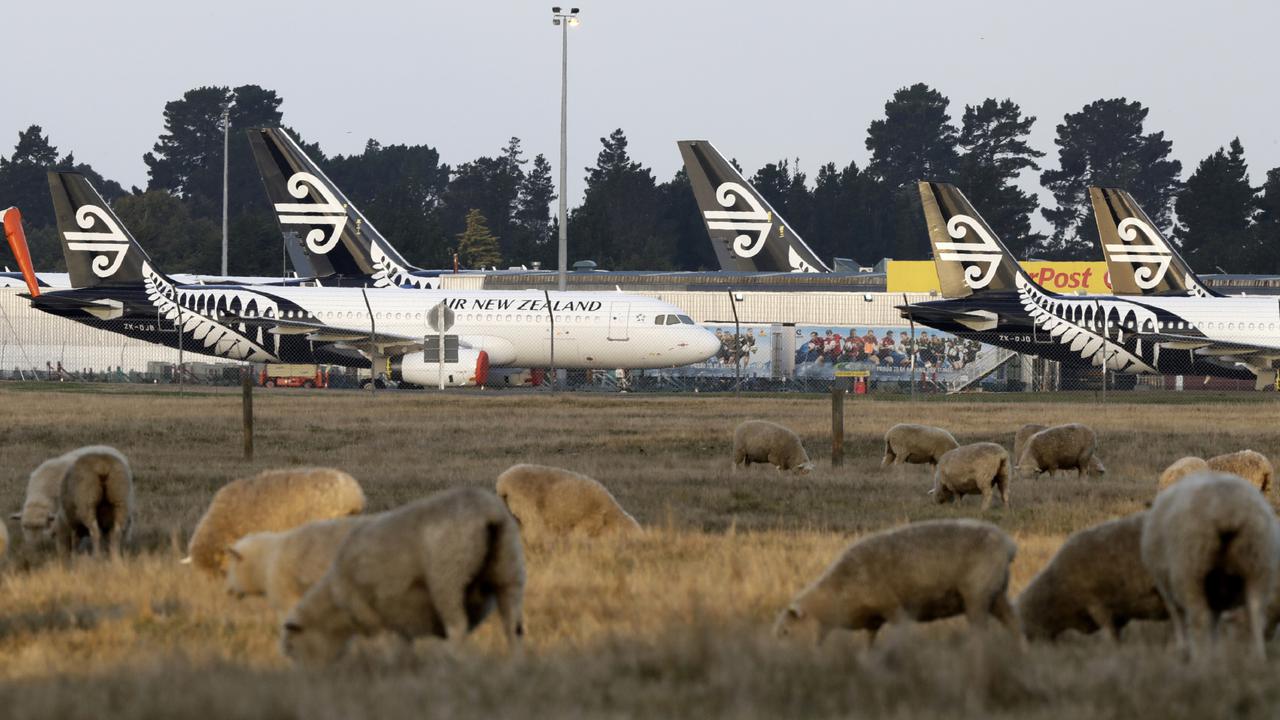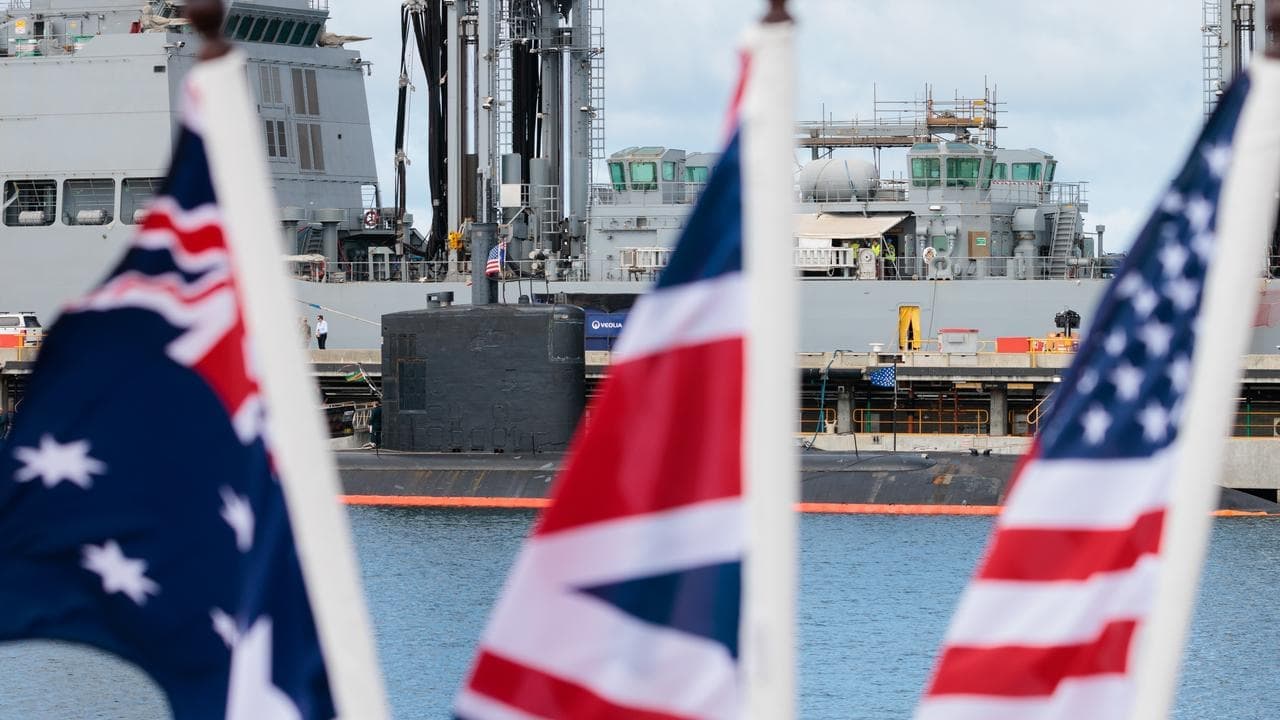AAP FactCheck Investigation:
Is New Zealand's recession worse than Australia's due to a dependence on international tourism and strict COVID-19 lockdowns?
The Statement
"(It is) because New Zealand's lockdown was stricter during this period (April to June) than it was in Australia, but also secondly because tourism is a much larger percentage of our economy than it is of the Australian economy. So if you put those two things together most economists are predicting it (economic growth) will be (lower)."
Grant Robertson, Finance Minister, September 14, 2020.
The Analysis
As the impact of COVID-19 begins to bite, there is debate around why the economic fallout in New Zealand has been greater than that experienced in Australia.
Figures for the June quarter show Australia has officially entered a technical recession for the first time in nearly 30 years, with the economy contracting by seven per cent.
New Zealand's economy was expected to fare even worse, with the major banks predicting a contraction of between 10.5 and 13 per cent. The country's June quarter GDP figures, released on September 17, confirmed it had contracted by 12.2 per cent.
Ahead of the release of these figures, NZ politicians and commentators (here, here and here) speculated as to whether the country would be better off if it had followed Australia's approach to COVID-19 lockdowns.
During an interview on Heather du Plessis-Allan Drive on NewstalkZB on Monday September 14, Finance Minister Grant Robertson was asked why New Zealand's economy was expected to perform worse in the June quarter than Australia's economy.
"(It is) because New Zealand's lockdown was stricter during this period than it was in Australia, but also secondly because tourism is a much larger percentage of our economy than it is of the Australian economy," he said. (Audio mark 1min 30 secs).
AAP FactCheck examined Mr Robertson's statement in relation to the three months to June 30.
Official data shows New Zealand's economy is significantly more reliant on tourism than Australia.
The latest figures from the Australian Bureau of Statistics show tourism made up 3.1 per cent of Australia's GDP, 8.2 per cent of exports (which captures international tourism consumption in Australia), with 5.2 per cent of the country's workforce employed in the tourism industry.
By contrast, the latest figures from Stats NZ show tourism accounted for 5.8 per cent of New Zealand's GDP, while industries supporting tourism accounted for an additional 4 per cent.
Tourism also made up a greater share of New Zealand's exports, accounting for 20.4 per cent of exports - making it the country's largest export industry in 2019, with 8.4 per cent of the country's workforce employed in tourism.
A total of 42 per cent of NZ's tourism spending comes from overseas tourists.
Using the related measure of tourism consumption, the contribution made by international visitors to Australia was 26 per cent of overall tourism consumption.
Economics commentator and former ANZ Bank chief economist Cameron Bagrie said New Zealand's reliance on tourism and its stricter lockdown explained the different economic performances of New Zealand and Australia.
However, he said the impact of COVID-19 on tourism was overstated because official figures didn't account for money New Zealanders normally spend overseas remaining in NZ due to border closures.
"The significance of tourism to the economy is massively overplayed," Mr Bagrie said.
It should be noted Australia's domestic tourism industry may be more affected by the country's COVID-19 restrictions as state borders have largely been closed, whereas domestic travel in New Zealand has been less restricted.
But do the countries' differing COVID-19 lockdowns also explain why Australia's economy performed better in the second quarter?
It is difficult to compare the economic impact of the lockdowns as New Zealand's COVID-19 response is run by central government, while each Australian state develops its own response with different durations and stringencies.
However, researchers at Oxford University have developed a Covid Stringency Index as part of their Our World in Data program which compares countries' overall responses to COVID-19.
The index rates the stringency of a country's approach based on nine indicators, including school closures, workplace closures and travel bans, and expresses this as a number on a scale from 0 to 100, with 100 being the strictest.
Figures for April to June 30 2020 show New Zealand had a more severe lockdown than Australia for the first 43 days, or 47.7 per cent, of the June quarter, but was more liberal for the next 47 days, or 52.2 per cent of the quarter.
When the figures are averaged over the three month period, it shows, overall, New Zealand had a slightly more liberal approach, getting a 58.5 rating, compared to Australia, at 64.
Infometrics senior economist Brad Olsen said while New Zealand did have lighter restrictions on average, it took time for economic activity to pick up after the strict level four lockdown at the start of the quarter, and the index may underestimate the impact that had.
"From a business perspective, being locked down for four-and-a-half weeks of normal operation means you essentially lose momentum," Mr Olsen said.
"So although you might have slightly more liberal settings over the period, you are going from a colder start so it is more likely to have more of an impact over the quarter than the stringency index may suggest."
The Reserve Bank estimated 37 per cent of the country's economy would not be able to operate under level four lockdown, compared with 19 per cent under level three (table 1, page 2).
But overall, Mr Olsen agreed that tourism and the lockdown were the two main factors that explained why the country's economic growth lagged behind Australia's in the June quarter.
Sense Partners economist Shamubeel Eaqub also believed that tourism and the lockdown were the main factors.
"We did have a harder lockdown in (the June quarter) and border flows (tourism and immigration) matter more to New Zealand than Australia," Mr Eaqub said.

The Verdict
AAP FactCheck found the statement that New Zealand's economy performed worse than Australia's as a result of COVID-19 due to its reliance on tourism to be true. Official data shows New Zealand is more reliant on international tourism than Australia.
In relation to the relative stringency of lockdowns, while New Zealand had a short and severe lockdown at the start of the June quarter, the country still spent just over half of the period under more liberal restrictions than Australia. In this regard, Mr Robertson was incorrect.
But, all economists spoken to by AAP FactCheck agreed New Zealand's level four lockdown likely had a significant and lingering impact on the quarter, and that was one of the main factors leading to its deeper recession.
Mostly True – The claim is mostly accurate but there is a minor error or problem.
* AAP FactCheck is accredited by the Poynter Institute's International Fact-Checking Network, which promotes best practice through a stringent and transparent Code of Principles. https://factcheck.aap.com.au/











